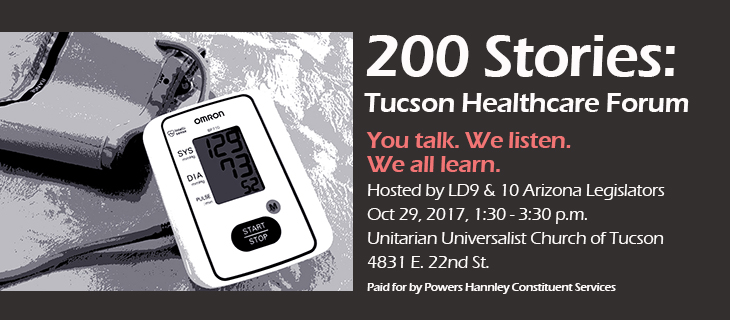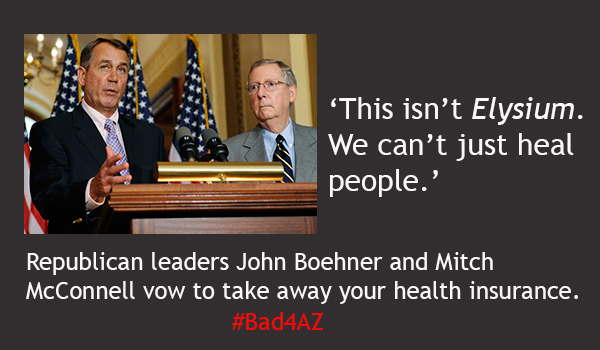
For months, the Trump administration and the Republican-controlled Congress have been trying every trick in the book to eliminate the Affordable Care Act (ACA or “Obamacare”). Multiple repeal and replace bills died during the summer of 2017, thanks to public outcry against kicking millions of Americans off of health insurance while giving tax breaks and sweetheart deals to insurance companies and others. Overwhelmingly, Americans said: We want a health insurance system that is fair, affordable, and wide-ranging in its coverage.
Fast forward to November 2017, and the Republicans are at in again. Rather than hiding tax cuts for the rich in health insurance bills (as they tried last summer), they are hiding an ACA poison pill in the middle of a tax cut bill for the uber-rich.
Do the American people want to go back to market-driven health insurance with high costs and limited access to care and drugs? Do they want millions of adults to lose their insurance altogether– with the fight to rollback Medicaid expansion? Do they want poor children to lose their insurance– with the pending sunset of KidsCare? No! Citizen backlash on social media and in the streets has been strong and swift. In Southern Arizona, protesters have dogged CD2 Congresswomen Martha McSally, who voted for Republican plans to eliminate the ACA, kick millions of Americans off of health insurance, cut taxes for big corporations and the uber-rich, and raise taxes on the rest of us. Do Tucsonans agree with McSally and the Republican Party?







